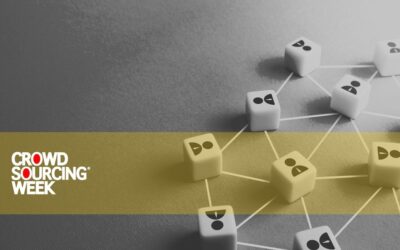In November of 2010, Unilever established the — Unilever Sustainable Living Plan.
The plan set forth is an ambitious ten year program, towards sustainable growth. Unilever explains that the Plan not only addresses their operations but they are also taking responsibility for the entire value chain — suppliers, distributors and consumers.
 How ambitious is the Sustainable Living Plan – well Unilever has identified 60 targets. It looks like the targets range from Improving Health and Well-Being to Reducing Environmental Impact to Enhancing Livelihoods. So the Plan is very impressive but shockingly ambitious. The Unilever senior leadership admitted that the goals are very ambitious and that they need help.
How ambitious is the Sustainable Living Plan – well Unilever has identified 60 targets. It looks like the targets range from Improving Health and Well-Being to Reducing Environmental Impact to Enhancing Livelihoods. So the Plan is very impressive but shockingly ambitious. The Unilever senior leadership admitted that the goals are very ambitious and that they need help.
“We can’t solve these issues on our own,” explained Miguel Pestana, VP Global External Affairs, “We need to engage with civil society, companies, government and other key stakeholders. It’s about developing new models of collaboration.”
Unilever, working with GlobalScan created an online collaborative platform — Unilever Sustainable Living Lab. The Lab ran for 24 hours (April 24th – 25th) and the response was rather impressive. The collaborative platform attracted over 2,200 registrants from 77 countries and almost 4,000 comments were posted. The registrants were from government agencies, non-government agencies and various businesses.
The Lab’s main goal was to co-create solutions based on the various themes such as sustainable sourcing, production and distribution, consumer behavior change and waste and recycling.
“I found the session to be a novel approach to engage with different stakeholders. It has helped surface tough questions that are valuable to take the next leap towards sustainability,” Darrel Webber, Secretary General, Roundtable on Sustainable Palm Oil (RSPO).
I would love to get my hands on the Unilever Sustainable Living Lab report. I would be curious to see how this collaborative platform ties into the Rio+20 Conference – if at all. I am hoping that the two organizations are at least speaking to each other. It appears as if both groups are working towards similar goals – and using the crowd to solve the various issues.
What are your thoughts on how businesses like Unilever are using the crowd to co-create solutions?
Image Credit: Unilever




0 Comments